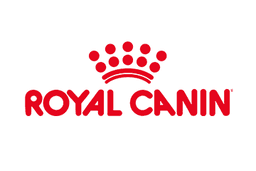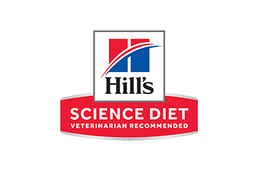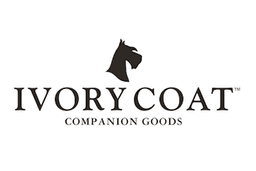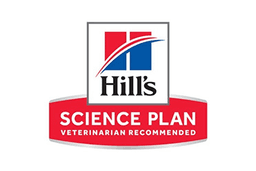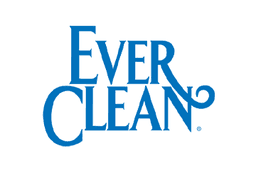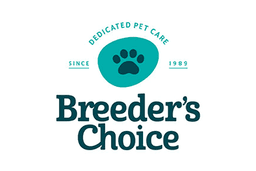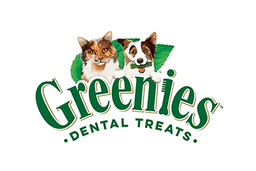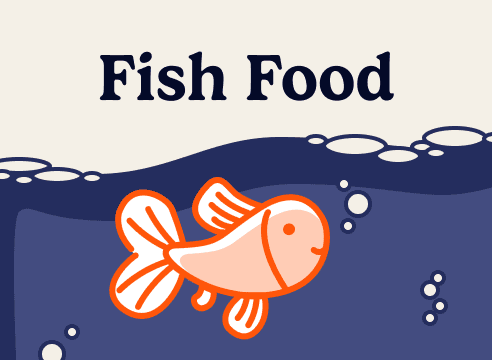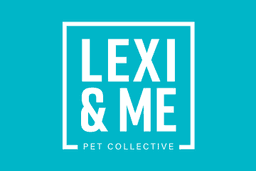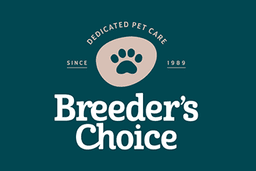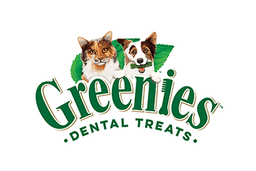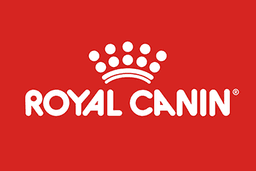When you look at the shelves of cat food options, working out what you should feed your cat can be quite confusing. Wet or dry, fresh or processed, name brand or generic? There are so many choices.
Before you make a decision on food for your cat, there are a couple of things you need to know.
Here are some of the basics of kitty nutrition all cat owners should know about.
Basic nutritional needs
Cats are obligate carnivores, so they need nutrients that are only found in animal products. This means high protein, moderate fat and minimal carbohydrates. They also need a number of very specific vitamins, fatty acids, minerals and amino acids.
There are three things to look for in packaged food – wet or dry – to ensure you are choosing a quality product for your cat.
- Find the ingredient list on the packet or can. The first three ingredients should be an animal-based protein – beef, chicken, fish, etc.
- Check the nutrition information panel. This will list the proportions of protein, fats, and other elements. Protein should be listed first, with the highest percentage.
- Look for additional ingredients, such as omega fatty acids, fibre and prebiotics, which contribute towards healthy skin, coat and intestinal function.
A high quality food will be easy for your cat to digest, and will be nutritionally dense, so that they receive maximum nutrition from an appropriate amount of food. It shouldn’t be full of extras to pad it out that your cat doesn’t require.
While supplements can be appropriate in some cases, they should never be given without the approval of your vet. As well as the right food, cats should also be given access to clean, fresh water at all times.
Wet food, dry food, or both?
Both wet and dry food have different benefits. Wet food can help ensure enough water intake and offer a greater range of flavour and texture options. Crunching through dry food is good for a cat’s teeth and gum health. Dry food alone can lead to obesity.
Ideally, a mix of both is best for most cats, and make sure they have a continuous supply of fresh water to drink.
Homemade versus commercial food
In humans, homemade food is almost always superior to commercially prepared meals, but the opposite is usually true for cats. Feeding your cat a homemade diet can be time consuming, and they may not get the full complement of nutrients they need to thrive.
For most cats it’s better to give them a complete commercial food that’s been designed specifically for them. A complete diet will ensure your pet stays healthy.
Different types of commercial cat food
While commercial pet foods are usually compliant with national guidelines, it’s important to get the right food for your cat and their stage of life. Because their nutritional requirement change, most cat food is separated into kitten, adult, pregnancy and lactation categories.
The main types apart from age are wet and dry cat food. Deciding which is best will usually be a matter of preference for your cat. Some prefer different flavours and textures, while others will eat whatever is put in front of them. In fact, a lot of cats are very picky, so you may need to go through a bit of trial and error before you find the brand and type of food your cat likes best.
Look for a good quality product, which has meat, meat byproducts, or seafood listed among the first few ingredients.
A note about taurine
Taurine is an amino acid which is an essential component of a cat’s diet. It is required to maintain normal vision, digestion and heart function. It helps maintain immune function, and a healthy pregnancy and foetal development.
It isn't manufactured in the body, so it has to come from food. Commercial cat foods have taurine added. Even if some of the food you give your cat is fresh – for example chopped beef from a butcher – giving them additional commercial wet food or kibble will ensure that they receive sufficient taurine.
What should you feed your cat as a treat?
Commercial cat treats can be given sparingly. As a general rule, keep treats to a maximum of 10 to 15% of your cat’s daily caloric intake. According to Cornell University Feline Health Centre, milk or other dairy products are not recommended as a treat for cats, as they can be lactose intolerant.
How much should cats eat?
The amount you feed your cat will depend on several factors, including their size and age. Cat foods formulated specifically for breeds, activity levels and life stages will have feeding instructions on the packaging, or you can ask your vet to weigh your cat and make a recommendation.
As a general rule, buy the best cat food you can afford for your cat or kitten, and feed according to the portion recommendations on the packaging. You should then be rewarded with a happy, healthy cat.
Maintaining a healthy weight
According to the RSPCA, cats prefer to eat several small meals throughout the day, rather than one large one. It’s important to not overfeed your cat as, like humans, there are health issues that can develop if they start carrying too much weight
Obesity is a common nutrition-related problem for cats and it can make your pet more susceptible to diabetes, arthritis and other serious health problems. On the other side of the equation, sickness or pickiness can lead a cat to become malnourished and underweight.
Because cats need different intakes of food depending on size, activity level and individual variations, maintaining a healthy weight is going to be different for everyone. It’s a good idea to keep an eye on your cat and if they seem to be gaining or losing weight, get advice from your vet.
As long as you feed your cat a complete diet that’s tailored to their nutritional needs, you can help them stay happy and healthy for longer, and ward off any nutrition-related illnesses.
View our entire cat food range here to find your cat's favourite nutritional meal.



